JScreen, a national non-profit public health initiative dedicated to preventing genetic diseases and hereditary cancer, encourages the public to learn about triple-negative breast cancer.
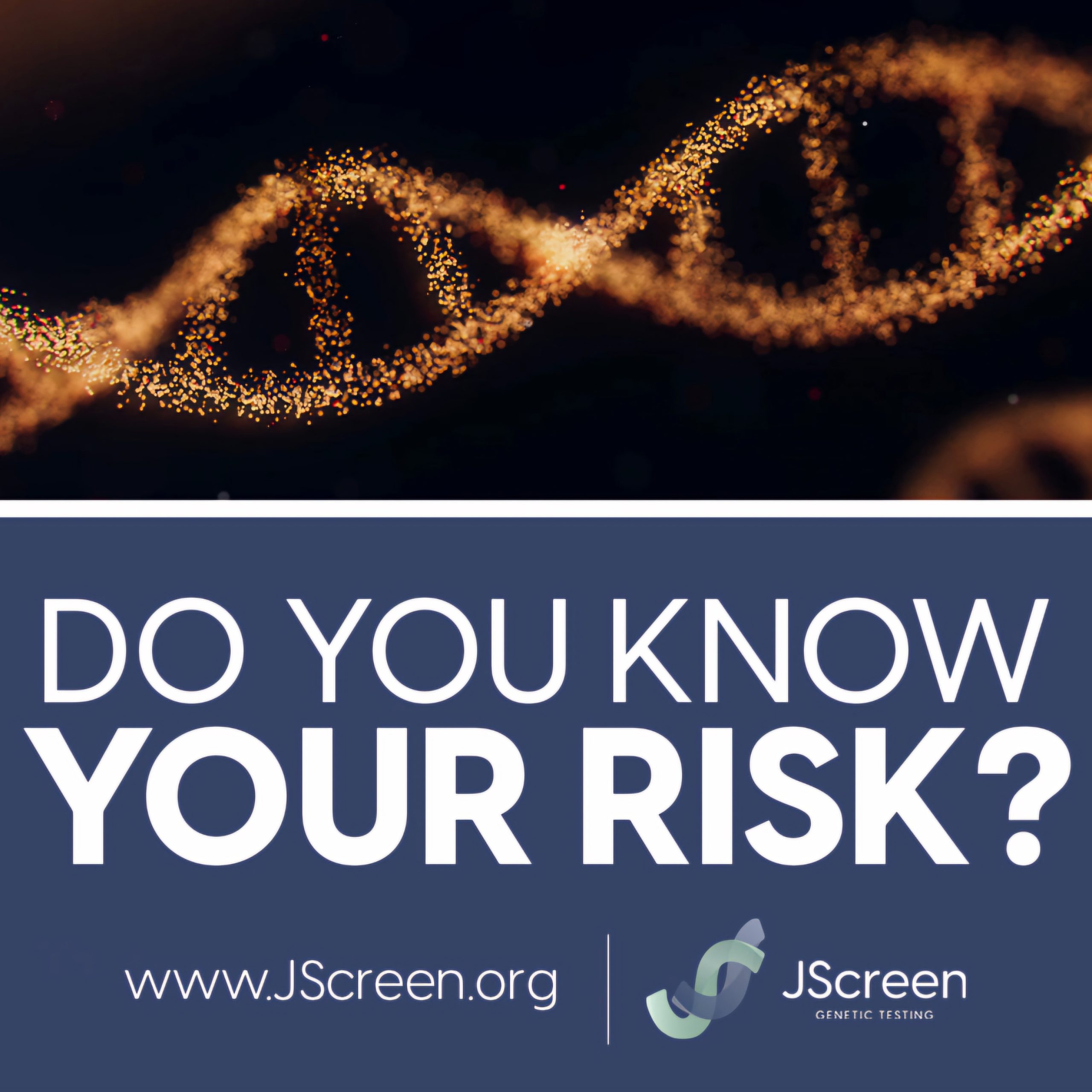

JScreen, a national non-profit public health initiative dedicated to preventing genetic diseases and hereditary cancer, encourages the public to learn about triple-negative breast cancer.
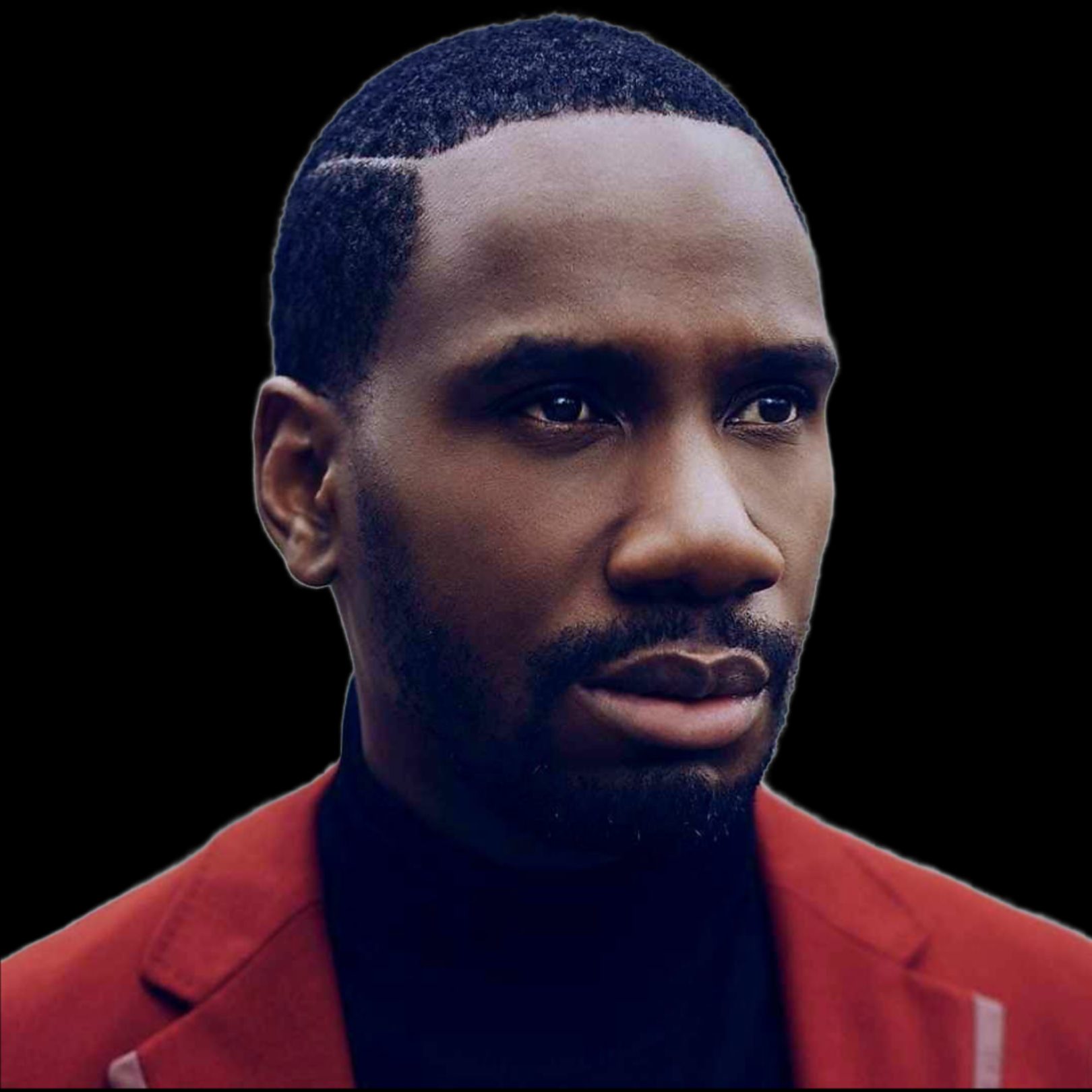
Jerris Madison was a Los Angeles-based noted fashion photographer who was also the publisher and editor-in-chief at OBVIOUS Magazine.

Cancer disease is causing a lot of death casualties in humans.
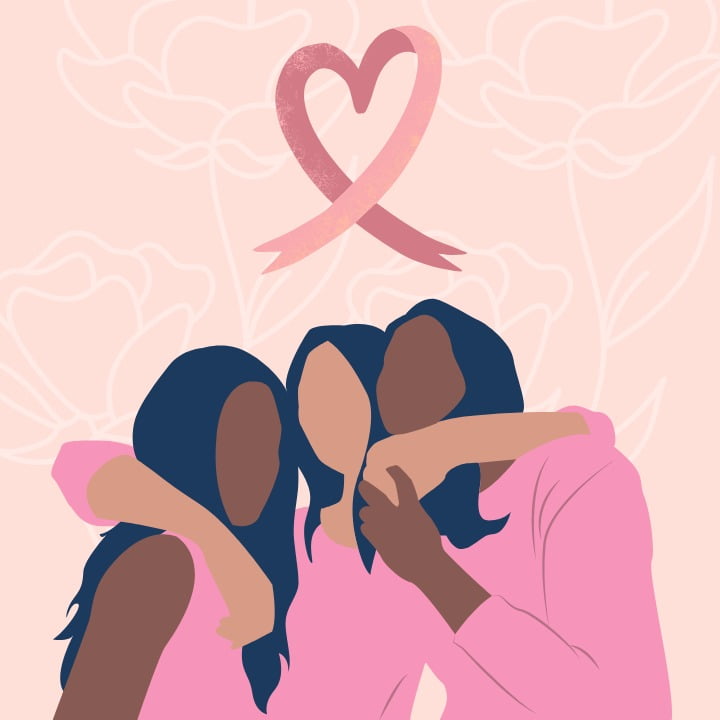
Each year, Susan G. Komen®, the world’s leading breast cancer organization, gathers products and services from its partners during Breast Cancer Awareness Month to continue our commitment to help fund research and care services that support people living with breast cancer.
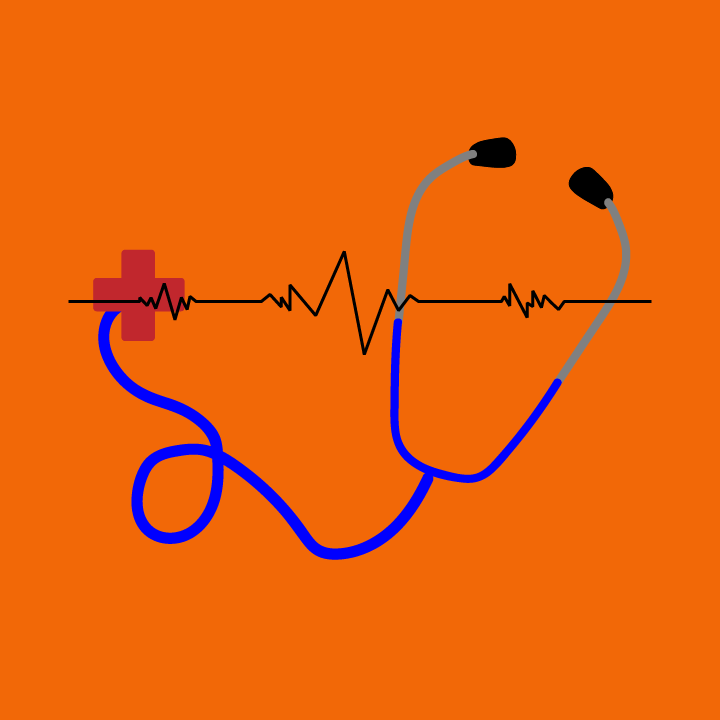
Founded by the GRAMMY Award-winning music group Imagine Dragons, the Tyler Robinson Foundation (TRF) has been dedicated to assisting and providing support for families affected by pediatric cancer. The nonprofit organization was created with the goal of providing relief of expenses that entail families confronting a pediatric cancer diagnosis. Throughout the year of 2021 alone, […]
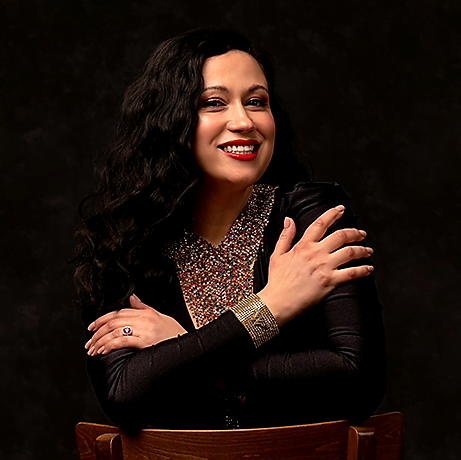
Forever Chemicals and the Household Substances they are Found In By Dr. Liia Ramachandra If you wear glasses, you probably know how frustrating it can be to battle fog when wearing a mask or face shield. Many people have turned to anti-fogging sprays and cloths to combat the ever-present fog that has plagued people wearing […]
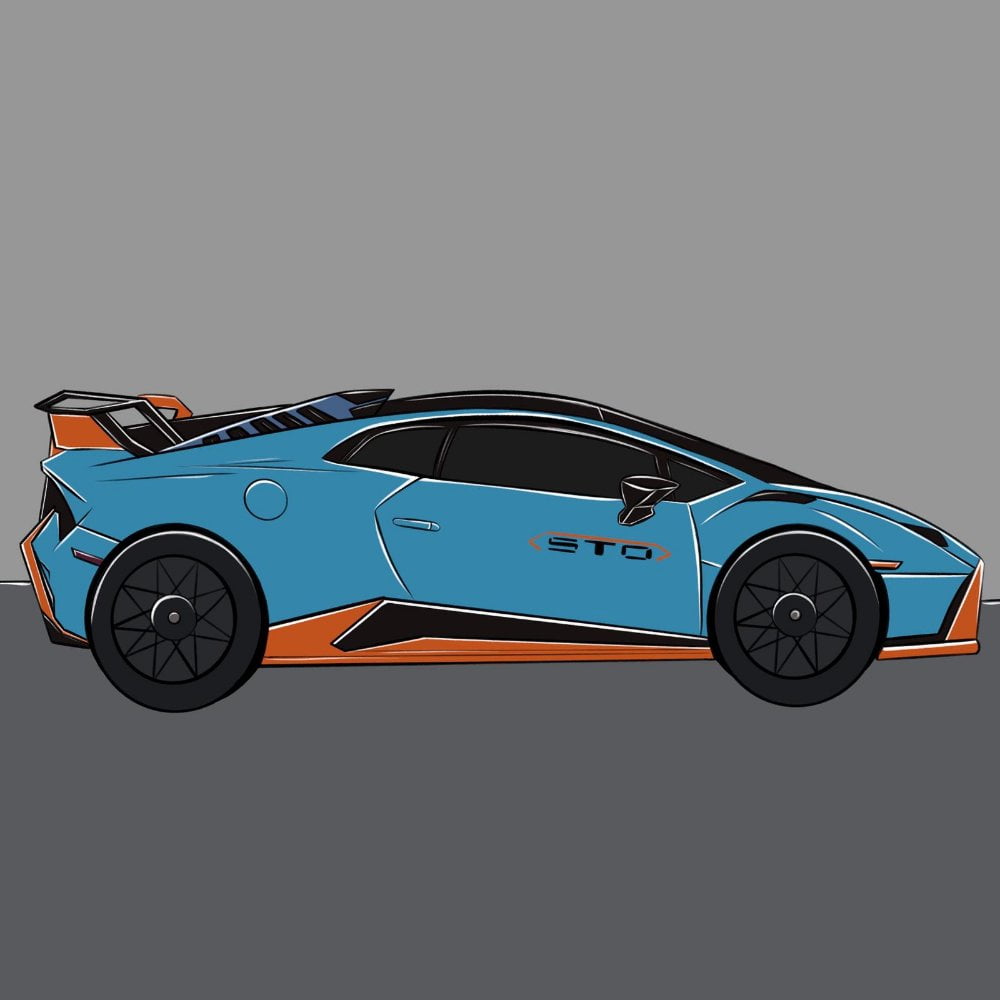
North America Drives Lamborghini’s Largest Global Rally to Raise Awareness and Funding for Movember More than 1,500 mustached Lamborghinis paraded the streets of major cities around the world, with 92 Lamborghini showrooms joining in support Movember rally activities included approximately 600 cars across 22 states in North America, including Los Angeles, New York, Miami, Austin, […]
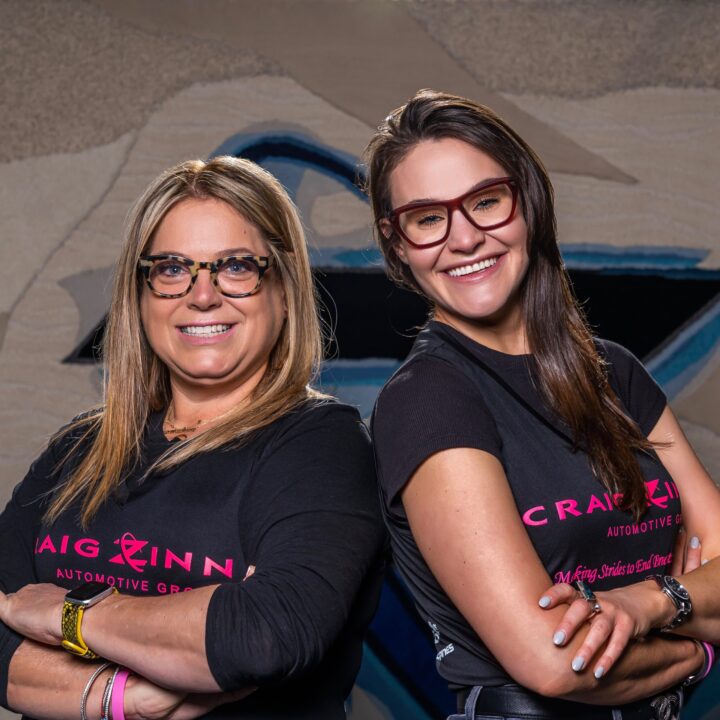
Two Automotive Executives Become Co-Chairs of the 2021 Making Strides Against Breast Cancer® Event in Broward For the Craig Zinn Automotive Group, joining the fight against breast cancer hits close to home. That’s why two top executives from that organization have stepped up to co-chair this year’s Making Strides Against Breast Cancer Broward presented by […]
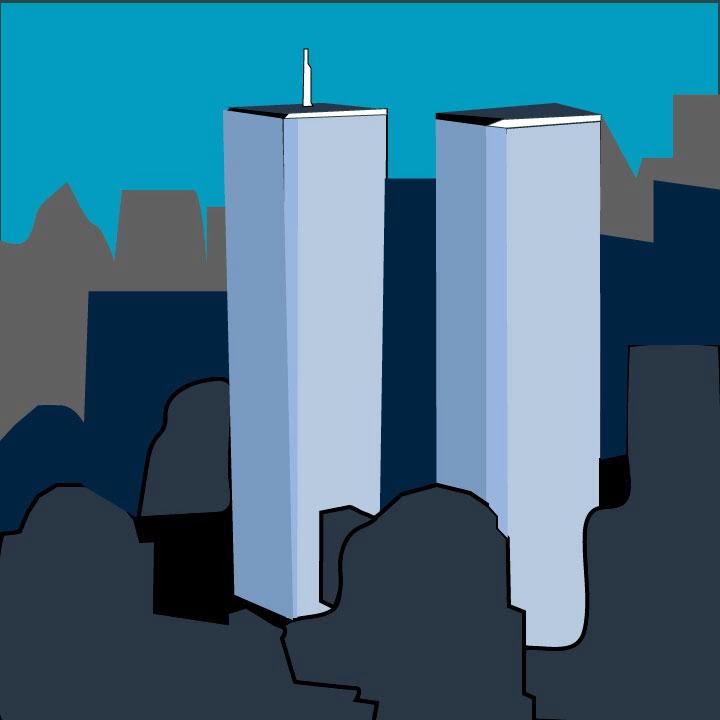
September 11, 2001 will forever remain etched in the memories of Americans. Almost 3,000 innocent lives were lost during the deadly 9/11 terror attack. No one saw it coming until two planes hijacked by terrorists crashed into New York’s World Trade Center. Terrorists aboard a third plane hovered around the Pentagon while the fourth crashed […]
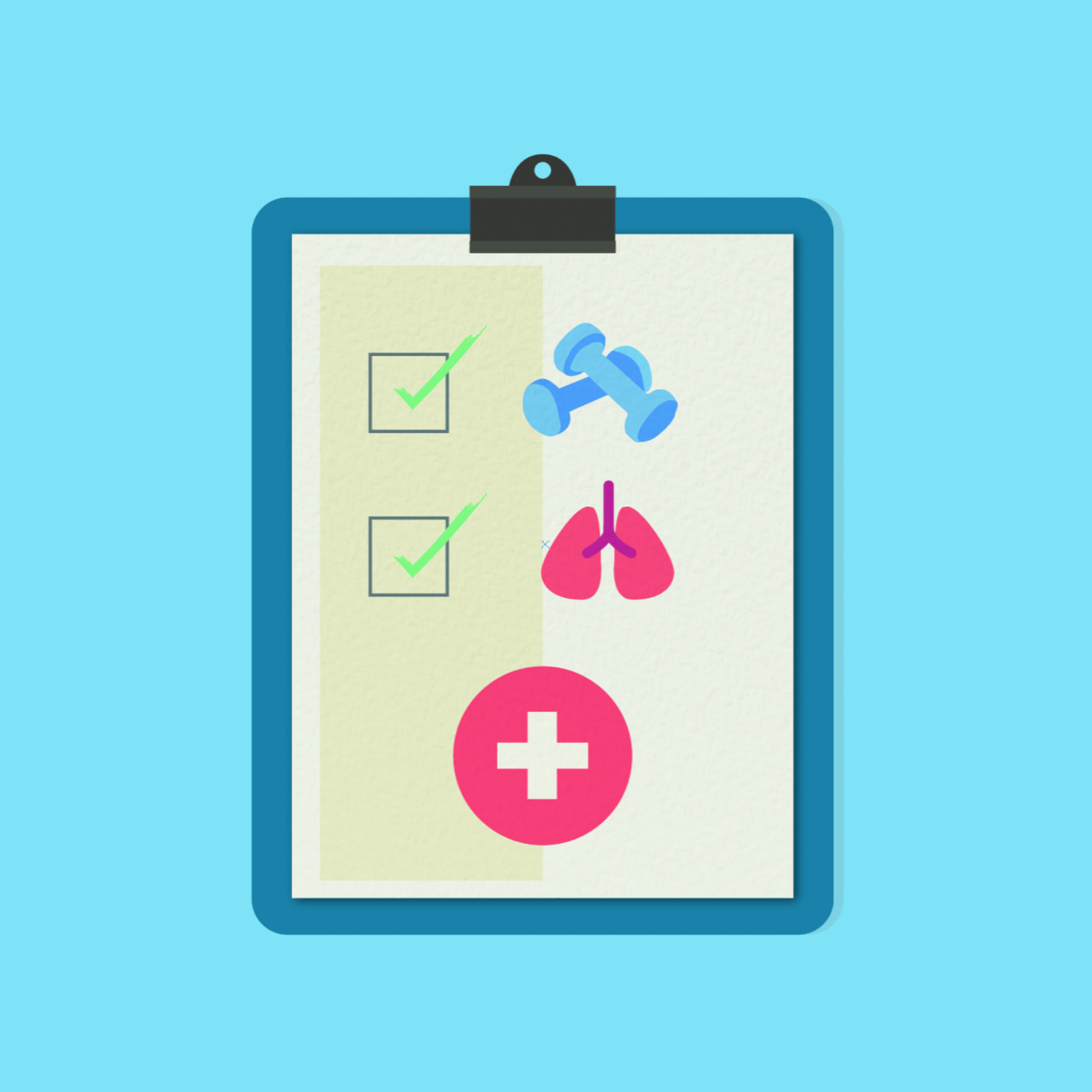
By: Skyler Johnson The Brain Tumor Infocon was an event that took place this past week, via Zoom because of the pandemic. The event was not for cancer patients themselves but for those that cared for them. They gave four talks on four separate days, each regarding a different topic. I attended the workshop focusing […]